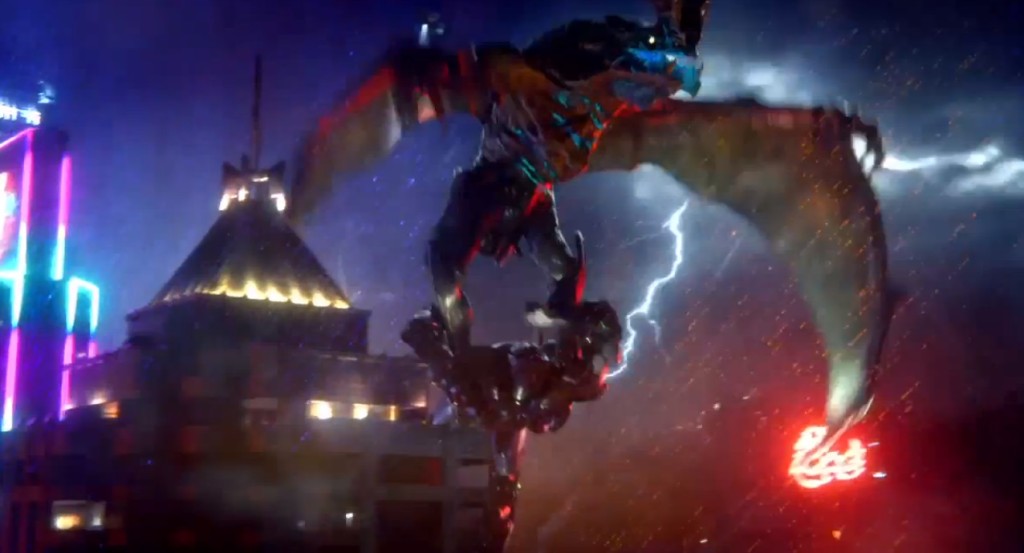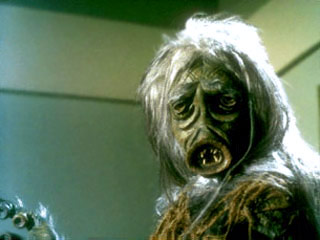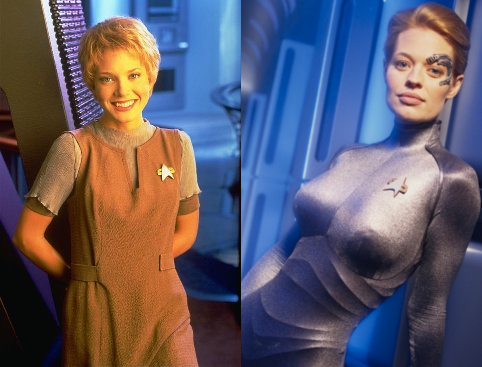The Strong Female Trap in Science Fiction
August 27, 2013 3 Comments
Maybe it’s in the zeitgeist right now, or maybe it’s just because all my friends are nrrd grrls, but I’ve been reading quite a bit about female characters in science fiction lately. Specifically: they’re just not good or plentiful enough. And for the most part I have to agree.
Sophia McDougall laments that instead of complex and nuanced women with both admirable qualities and flaws, we simply get a new monolithic stereotype of the literally strong, kick-ass woman, and she hates that. In an interview with Rooney Mara, Katey Rich dubs it the Strong Female Trap. (A quick Google search revealed one other result for that exact phrase, a 2010 forum post regarding Mass Effect, a game in which one can play the main character as male or female.)
Part of the debate surrounds Pacific Rim, featuring giant robots, giant monsters, and precisely one significant female character. The movie fails the famous Bechdel Test, but its single well-developed female character prompted Aja Romano to propose an alternative, the Mako Mori test, to give feminist critics another way to think about women portrayed in film and television. Perhaps it’s a lowering of expectations to say that a lone character – even if she does exhibit believable motivations, does experience a meaningful arc, and isn’t reduced to playing a romantic foil or trophy for a male hero – can represent a progressive feminist presence. Still, at least it’s closer to the definition of actual good writing than the Bechdel Test’s basic three-step requirement that a movie must feature two named female characters who talk to each other about something other than a man.

The only monster with an identified sex was female. And could fly. Not much for conversation though.
Indeed, the clamoring for strong female characters in genre fiction led to some truly unhinged outrage after it was announced that the twelfth incarnation of Doctor Who‘s titular Time Lord would be played by yet another white male. The very fact that the character, who regenerates with a different appearance when severely injured, has always been a white male is cited not as precedent for more of the same, but as an argument in favor of change. The on-screen evidence that changing sex is even possible for a Time Lord is limited, as far as I can tell, to a single line in a very recent season of the 50-year-old show. Personally, I’d have no problem with a Doctor of a different race, but making him female just seems out of character. Would I accept it? Sure, but I’m not advocating for it either. Does that make me sexist, but not racist?
Everything Relates To Star Trek, Right?
As it happens, I’ve been watching a lot of Star Trek: Voyager lately. (I needed to watch one little episode for a side project I’m working on and darn if it didn’t suck me right in.) I was particularly struck by the season six cliffhanger, “Unimatrix Zero“. The cliffhanger scene itself featured Voyager‘s captain, chief engineer, and chief of security infiltrating an enemy Borg ship. That would be the white female Captain Kathryn Janeway, Hispanic female (and half human, half Klingon) B’Elanna Torres, and black male (Vulcan) Tuvok. It’s exactly the right team for the mission of sabotage given their positions, skills, and experience.
Furthermore, the whole reason they’re embarking on this mission is that Seven of Nine, a former female drone liberated from the Borg three years earlier, has made contact with a resistance movement within the Borg. Oh, and the leader of the immensely powerful Borg? A queen.
To be sure, Voyager didn’t do feminism (or plot, or science, or…) perfectly. Men still outnumbered women 2:1 in the main cast. Star Trek‘s first female lead, Janeway, didn’t sit at the center of her starship’s bridge like most captains; her chair and that of her (male) first officer flanked that symbolic spot. And Seven was, after all, a season four replacement character for another blonde woman, Kes, who wasn’t sexy interesting enough. Seven’s clingy outfits made it difficult to argue that she was added to the show for anything other than sex appeal; lucky, then, that the character and actress proved to be so intriguing and versatile.
But perfection not being the enemy of the good and all, Voyager was pretty amazing for its portrayal of strong characters who were female. Seven was brilliant and resourceful, while being much more emotional in her decision-making process than she realized. Janeway was shown to be an inspiring leader and compassionate commander, while displaying perhaps too much trust in strangers and too little consistency in following Starfleet policy. Torres struggled with her bi-species heritage and was easily frustrated, but kept the ship in great working order in hostile space.
Voyager‘s success in this area is doubtless due in part to the involvement of Jeri Taylor, who co-created the series, served as an executive producer for its first four years, and was credited as a “Creative Consultant” in later seasons. Maybe what science fiction really needs is more of her.






